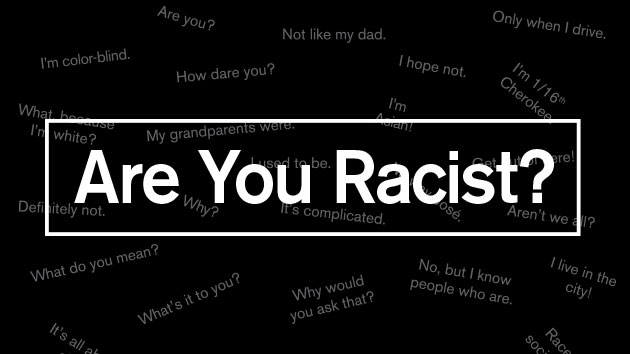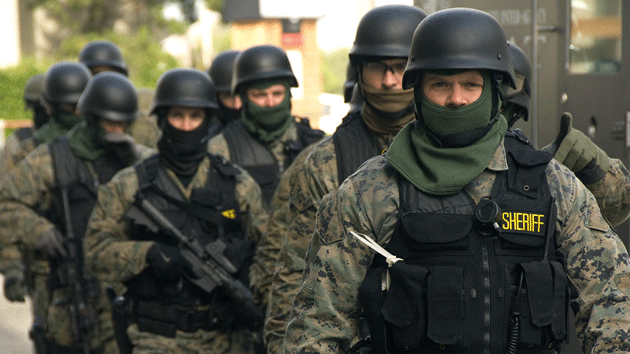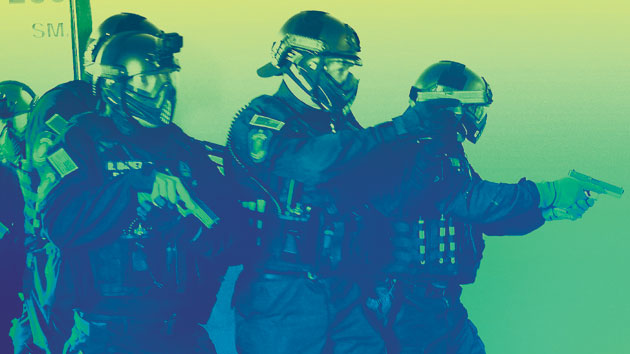
An AXONbody chest-worn video device Press Association/AP
The White House wants Congress to spend $75 million on body cameras for law enforcement. The funding, which could pay for as many as 50,000 devices, comes as part of a larger proposal to provide $263 million in new funding to train and equip local police departments.
Calls for more body cams have increased in the wake of Michael Brown’s killing in Ferguson. As we reported in August:
“I think body cameras are definitely a net good,” says David Harris, a law professor and police behavior expert at the University of Pittsburgh. “They are one of the most prominent technologies to come along in a long time in terms of accountability, evidence gathering, [and] in terms of, frankly, changing behavior on either side of the camera. Nothing is a silver bullet, but this has the potential to be a substantial advance.”
Harris, who consults for law enforcement agencies on the side, points to a study by police in Rialto, California. After introducing body-worn video cameras in February 2012, that department reported an 88 percent reduction over the previous year in complaints against officers—and the use of force by its officers fell by nearly 60 percent. A separate British study of one small police department looked at data collected in 2005 and 2006 and found a 14 percent drop in citizen complaints in the six months after cameras were introduced compared to same six-month period of the previous year.
Obama’s proposal could pay for as many as 50,000 body cams but, as the Verge points out, there are 750,000 police officers in the US—and even if each of them had a body cam on it still probably wouldn’t be a panacea for police abuse. A bad cop with a body cam is still a bad cop.
















